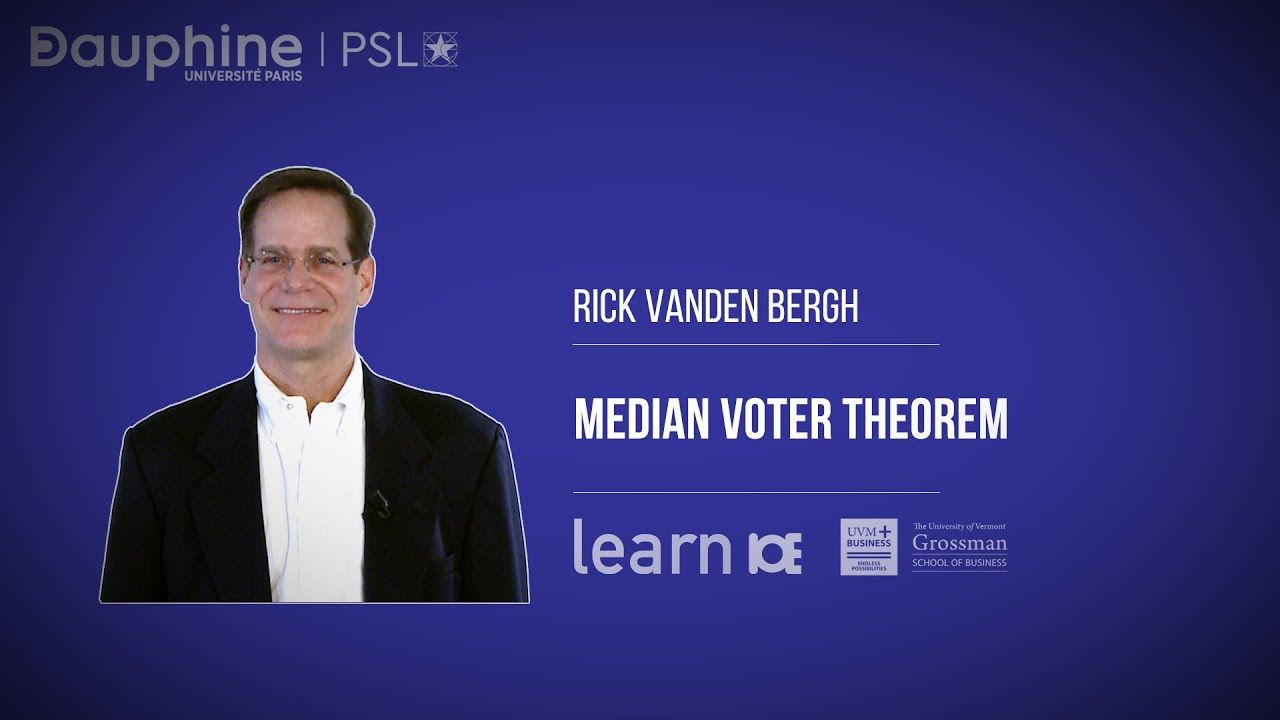Median Voter Theorem
Grossman School of Business
Public policy outcomes often emerge not from ideal designs to solve societal problems, but from the structure of political decision-making itself. In systems governed by majority rule, policies tend to converge toward the preference of the median decision-maker. When policy options are arrayed along a single dimension—such as tax levels or minimum wages—each voter or policy maker has a most-preferred outcome and decreasing utility for options farther from this ideal. Assuming these preferences are single-peaked and decisions follow majority rule, a stable policy equilibrium exists: it is the position of the median voter. Any proposal to the left or right of this point will be defeated by an alternative closer to the median’s preference. This result, known as the median voter theorem, highlights how collective outcomes are shaped more by institutional rules and preference distributions than by normative policy goals. Shifts in equilibrium occur when elections replace decision-makers or when changes in public opinion alter the median voter’s ideal point. Rather than prescribing optimal solutions, this approach explains why certain policies persist, how incremental changes occur, and why political strategy must focus on influencing institutional dynamics and the pivotal median player.

[https://www.learnioe.org/video/median-voter-theorem](See more...)
Related Keywords
No related keywords in this publication.
